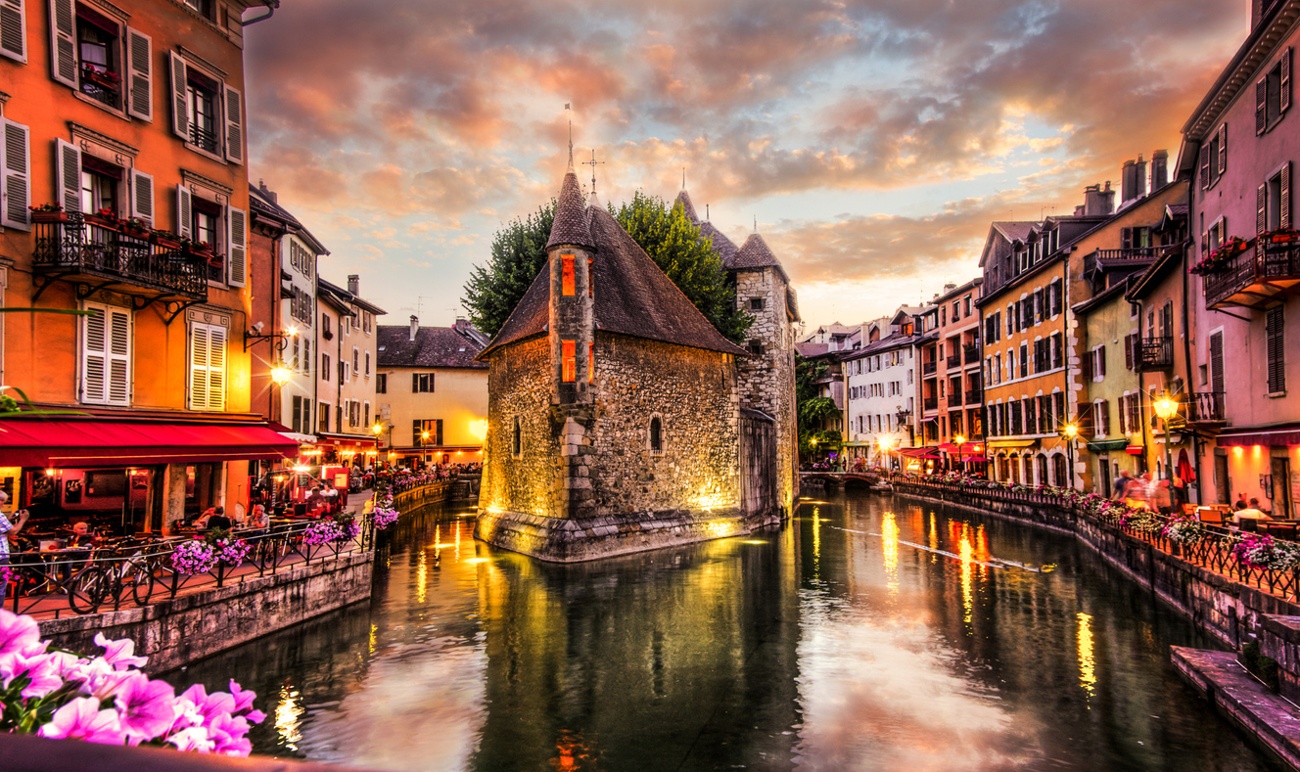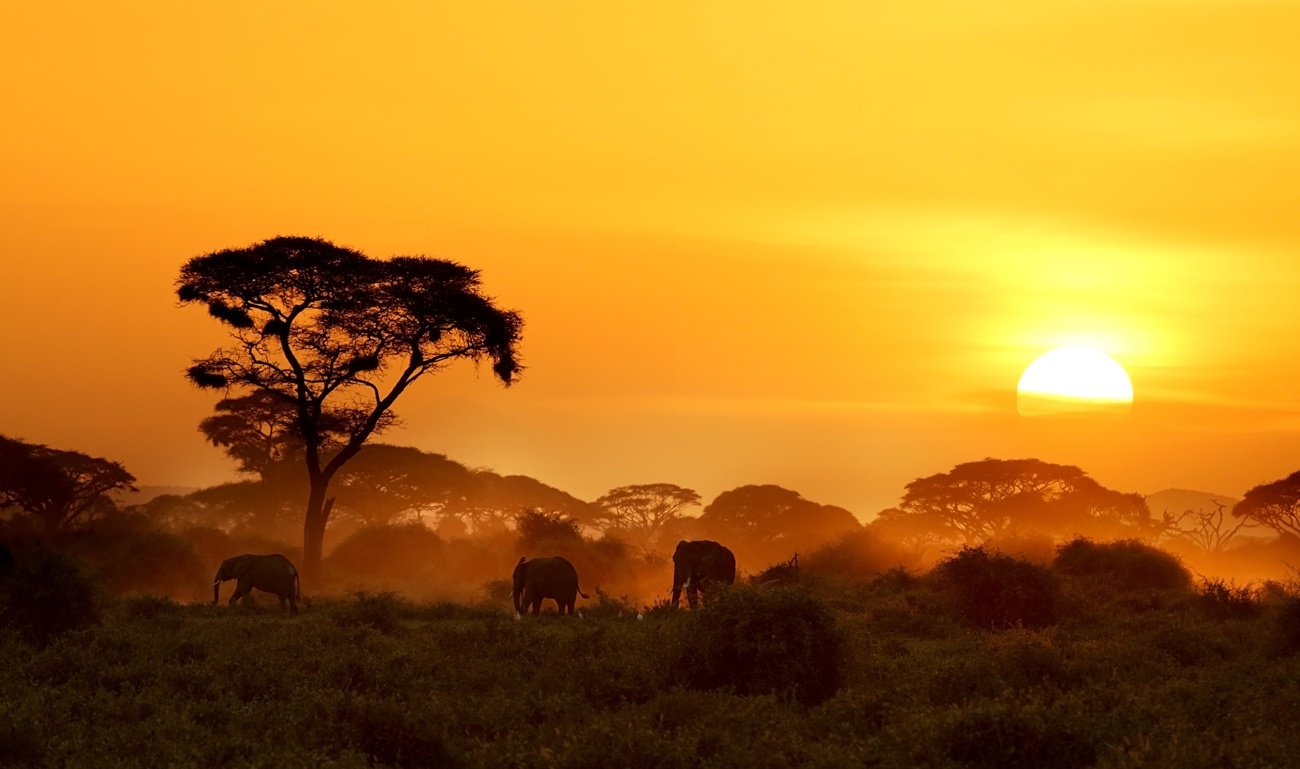
May 5: World African Heritage Day
Every year, on May 5, the world celebrates World African Heritage Day, a date that aims to highlight the rich cultural and natural heritage of this vast continent. Thanks to a decree of UNESCO’s Member States, this celebration seeks to reach out to all the people of the world, but especially to the African people, to make them aware of the richness of their own heritage.

Home to more than 1.2 billion people
Although Africa is home to more than 1.2 billion people, most of them very young, it is also the continent that is home to the world’s largest poor population. In addition, the town of Dadaab in Kenya is home to the world’s largest refugee camp, home to some 250,000 people who have fled their home countries in search of refuge and safety.
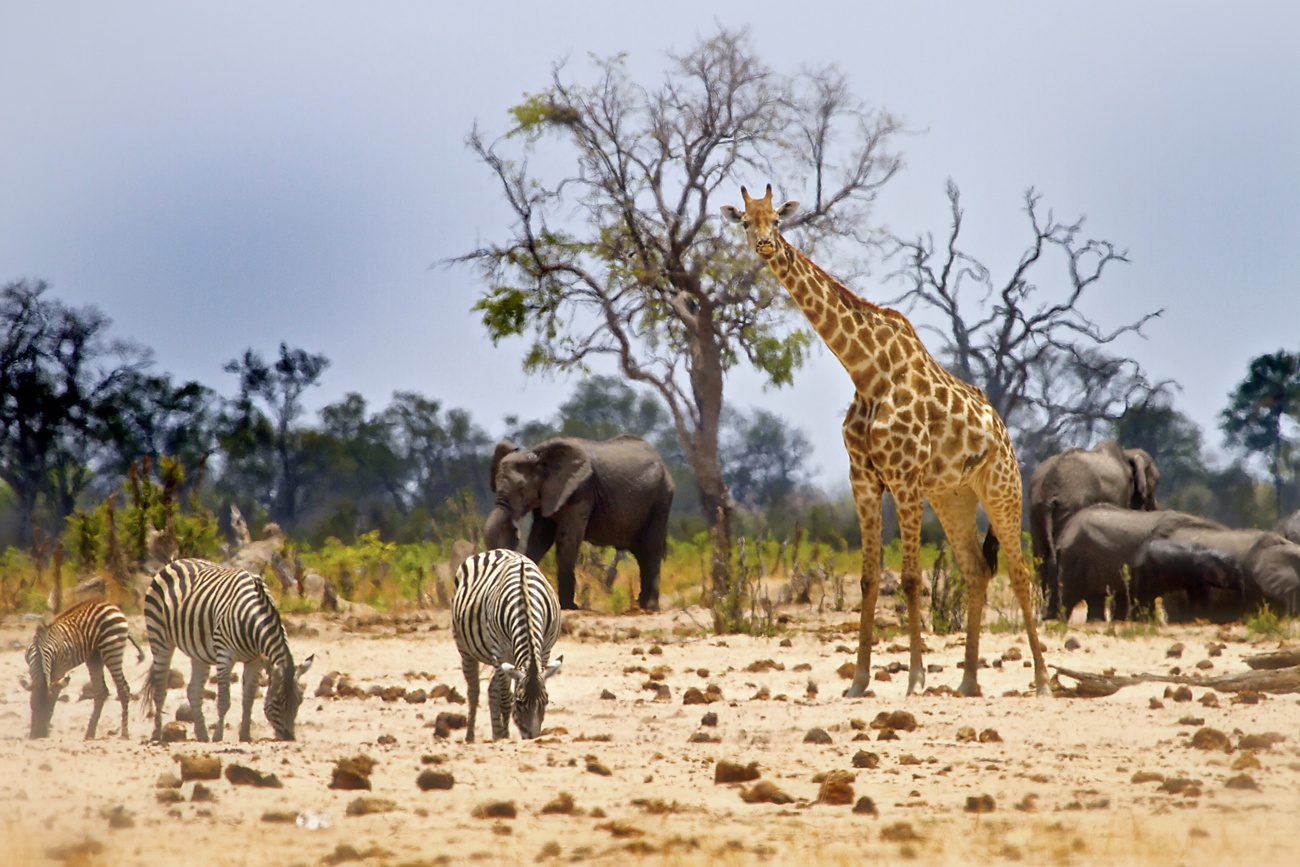
Home to some of the largest and wildest animals in the world.
Despite the hardships, Africa is home to some of the world’s largest and wildest animals, including lion, elephant, rhino and buffalo. It also boasts the Sahara Desert, the world’s largest desert, which covers a large part of the continent.
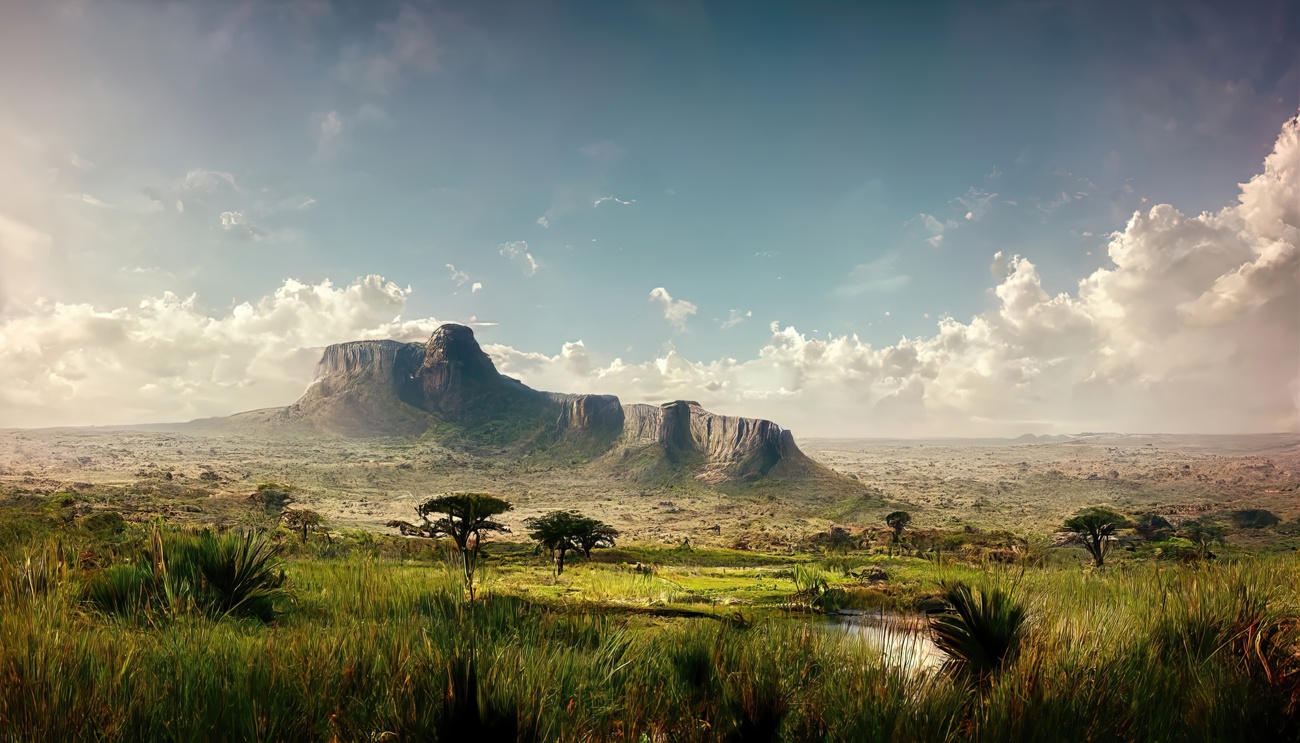
Natural beauty
Africa’s natural beauty has been recognized by UNESCO, which has declared several natural monuments on the continent as World Heritage Sites. These monuments are a testimony to the diversity and richness of African nature, and have attracted the attention of thousands of tourists from all over the world.
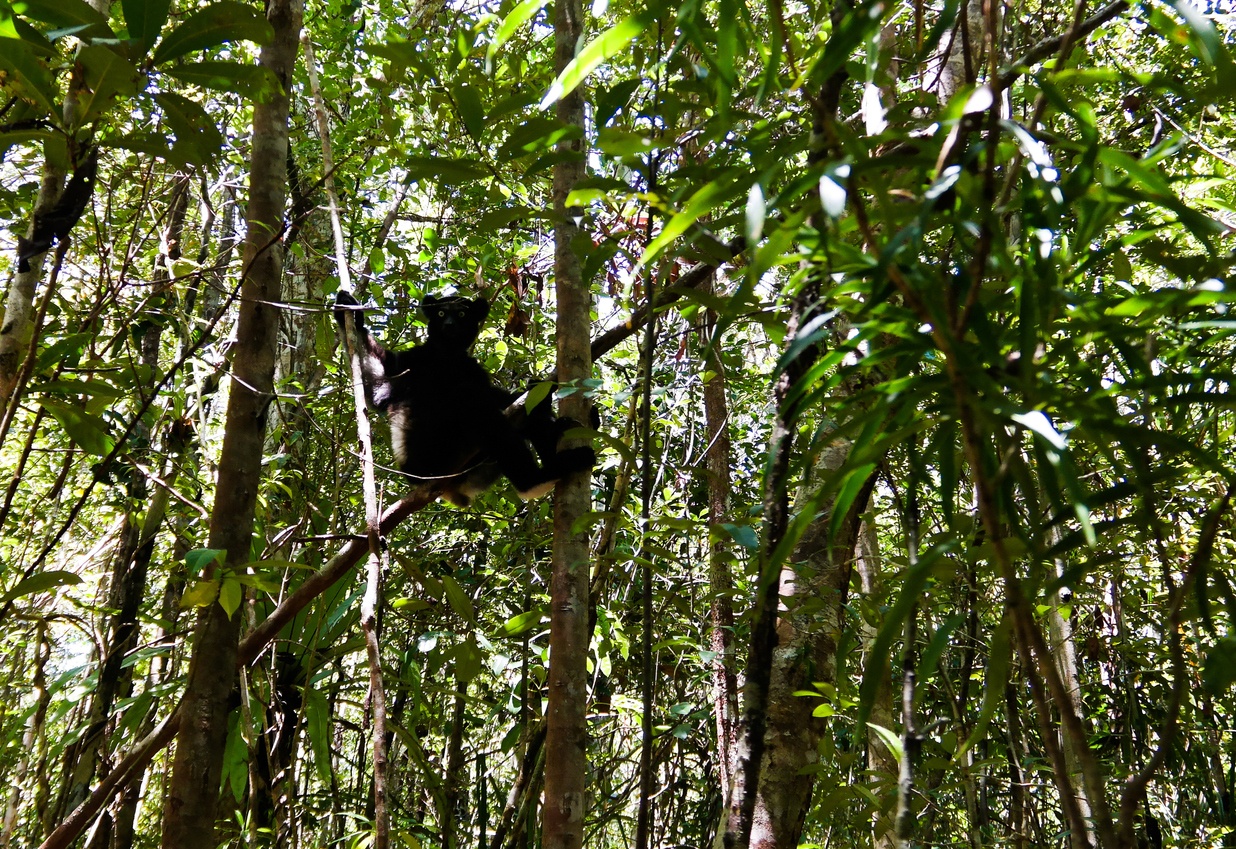
Atsinanana Tropical Forest in Madagascar
The Atsinanana Rainforest is a stunning biodiversity sanctuary on the island of Madagascar. It is located on the east coast of the country, and comprises six different protected areas covering more than 800,000 hectares. This forest is home to a wide variety of endemic species, many of which are found nowhere else in the world. In the Atsinanana Rainforest we can find a large number of species of plants, insects, birds, reptiles and mammals, some of which are endangered. It is also home to an impressive variety of habitats, from rainforests to rocky mountains, which provide a home for a wide variety of species.
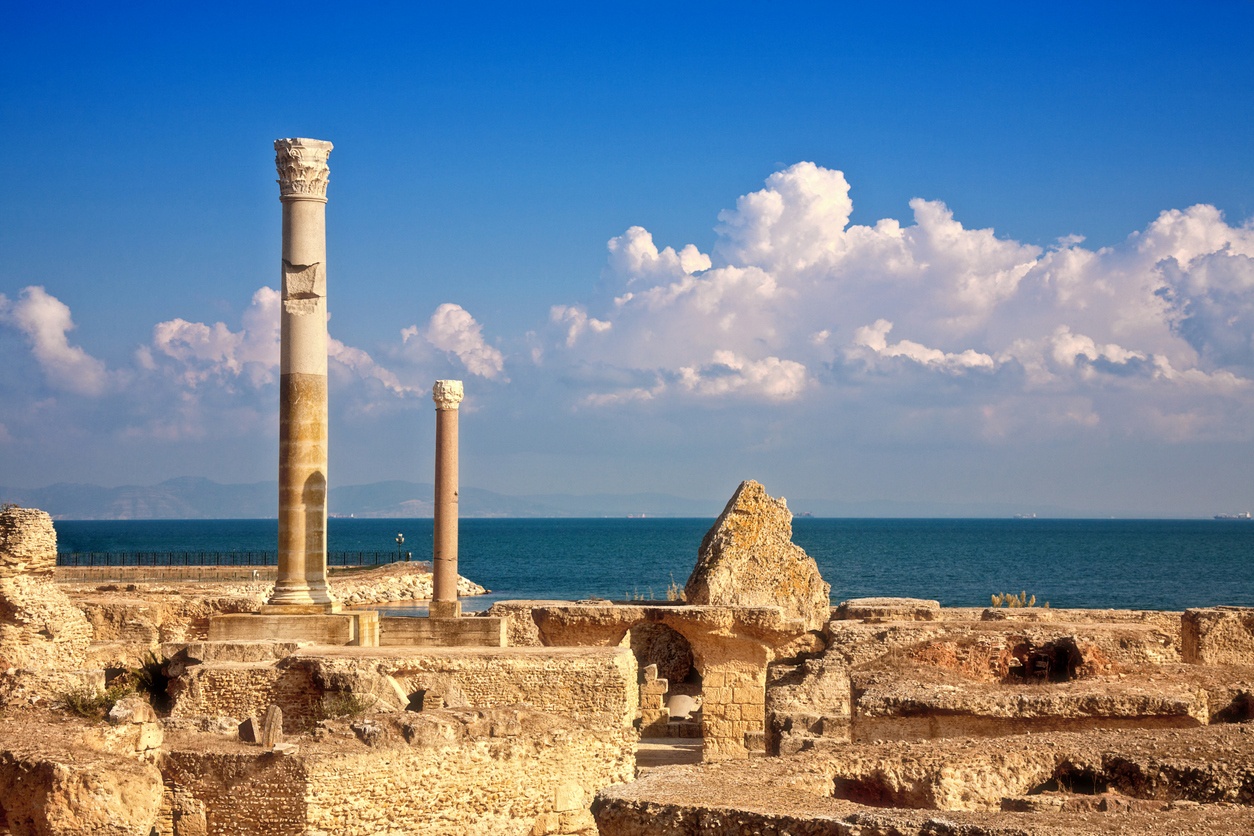
The city of Carthage in Tunisia
Carthage is a historic city located in Tunisia, on the north coast of Africa. It was founded by the Phoenicians in the 9th century BC and was a thriving commercial city for many centuries. In its heyday, Carthage was one of the most important cities of the ancient world and a center of Punic culture and architecture. Today, visitors can explore the city’s ruins, which include amphitheaters, public baths and ancient temples. There is also a museum that houses historical artifacts and pieces of art from the Punic era.
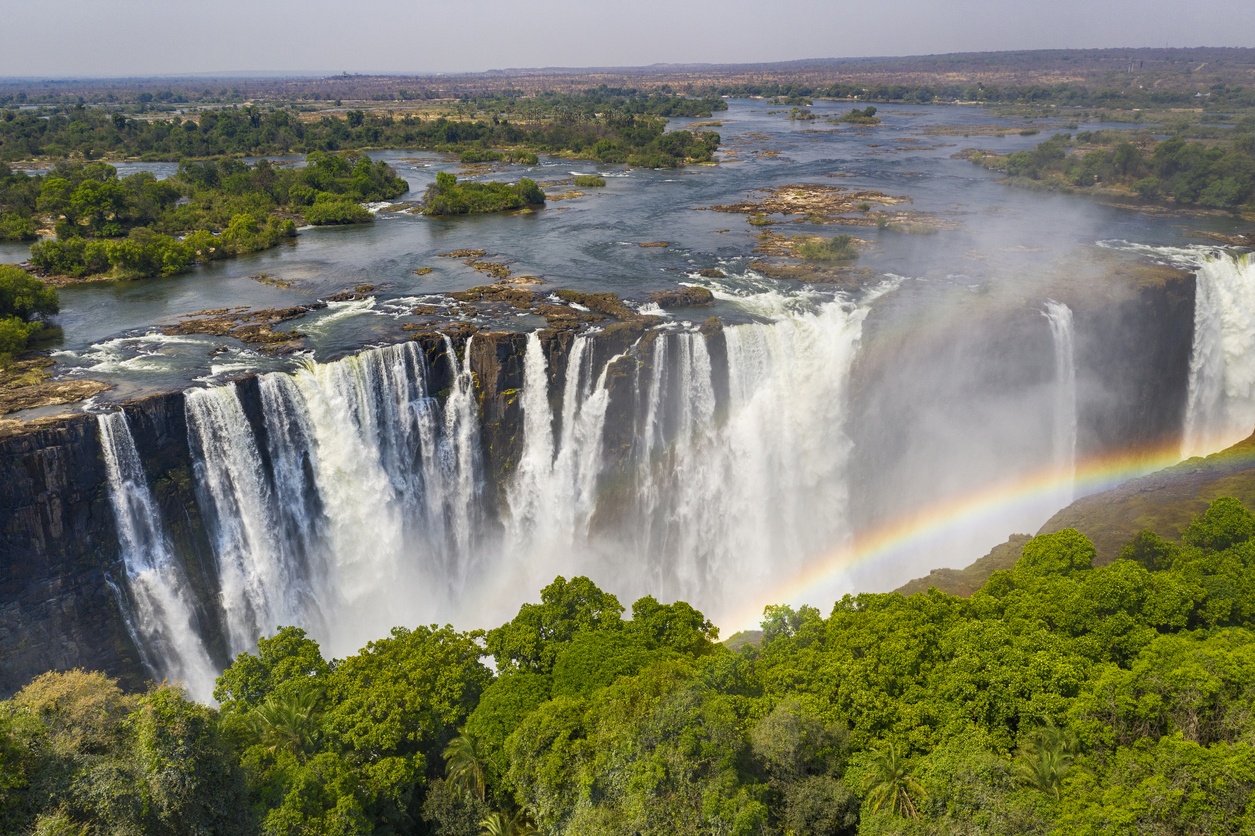
Victoria Falls
Victoria Falls is an impressive waterfall located on the border of Zambia and Zimbabwe in southern Africa. At over a kilometer wide and 108 meters high, Victoria Falls is one of the most spectacular waterfalls in the world. Visitors can enjoy a panoramic view of the falls from both sides of the border, and can also enjoy a variety of activities, such as boating, safaris in the nearby game reserve and bungee jumping from the Victoria Falls Bridge.
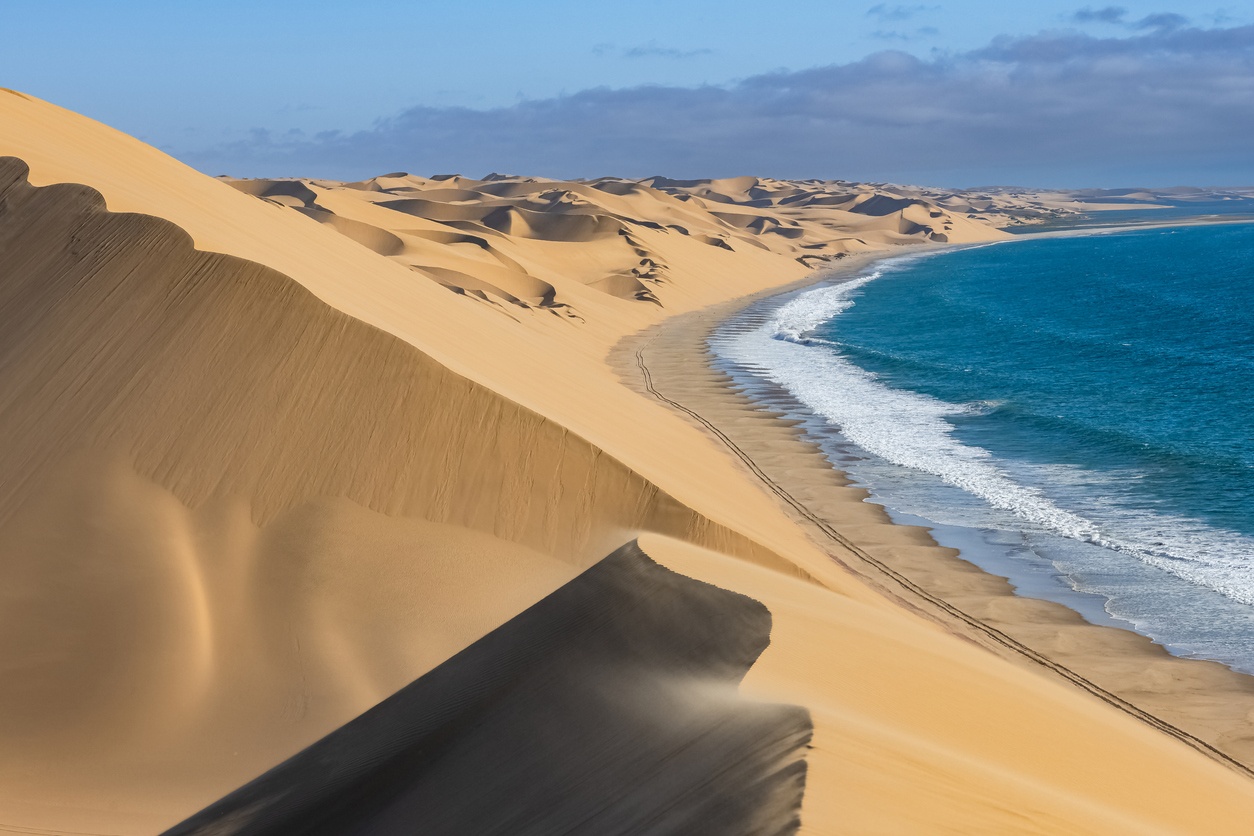
Namib Sand Sea and Namibia
The Namib Sand Sea is an impressive desert located in Namibia, on the southwest coast of Africa. With more than 3 million hectares, it is the oldest desert in the world and is considered a UNESCO World Heritage Site. The Namib Sand Sea is known for its impressive red and orange dunes that stretch for miles, some of which reach up to 300 meters high. It is also home to a wide variety of plant and animal species adapted to the harsh desert conditions.






